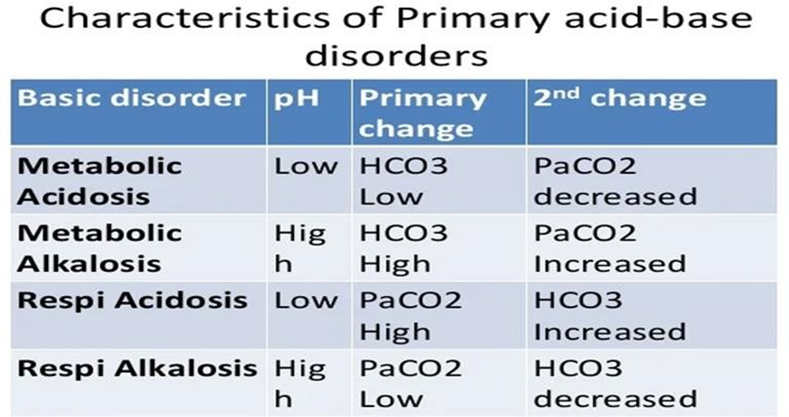A client is receiving an intravenous (IV) solution over a short amount of time to replace volume losses. The nurse understands that this IV solution is most likely to be:
isotonic.
hypotonic.
hypertonic.
Hyperosmotic
The Correct Answer is A
A. Isotonic solutions have a similar osmolarity to that of blood plasma, meaning they exert the same osmotic pressure as blood. This equilibrium prevents the movement of water across cell membranes, thereby maintaining cell volume and preventing cellular dehydration or swelling. Examples of isotonic solutions commonly used for intravenous fluid replacement include 0.9% saline (normal saline) and lactated Ringer's solution.
B. Hypotonic solutions have a lower osmolarity than blood plasma, meaning they exert less osmotic pressure than blood. When administered, hypotonic solutions cause water to move into cells, leading to cellular swelling. While hypotonic solutions can help hydrate cells and replenish intracellular fluid, they are not typically used for rapid volume replacement because they can exacerbate extracellular fluid deficits and cause complications such as cerebral edema or cardiovascular collapse.
C. Hypertonic solutions have a higher osmolarity than blood plasma, meaning they exert greater osmotic pressure than blood. When administered, hypertonic solutions cause water to move out of cells, leading to cellular shrinkage. Hypertonic solutions are often used to expand intravascular volume in cases of severe hypovolemia or shock, as they rapidly increase blood osmolarity and draw fluid from the interstitial space into the bloodstream. Examples of hypertonic solutions include 3% saline and 5% dextrose in 0.9% saline.
D. Hyperosmotic solutions have an elevated osmolarity compared to blood plasma, indicating a higher concentration of solutes. These solutions exert osmotic pressure that draws water out of cells, leading to cellular dehydration. While hyperosmotic solutions are not commonly used for rapid volume replacement due to their pot
Nursing Test Bank
Naxlex Comprehensive Predictor Exams
Related Questions
Correct Answer is A
Explanation
A. In respiratory alkalosis, the pH is elevated (alkalotic), the PaCO2 (partial pressure of carbon dioxide) is decreased (hypocapnia), and the HCO3 (bicarbonate) level may be within normal limits or slightly decreased due to compensatory mechanisms. In this option, the pH is elevated (7.54), the PaCO2 is decreased (25), and the HCO3 level is within normal limits (24). These findings support respiratory alkalosis.
B. pH 7.50, PaCO2 40, HCO3 28: In this option, the pH is elevated (7.50), the PaCO2 is within normal limits (40), and the HCO3 level is elevated (28). These findings are not consistent with respiratory alkalosis. Instead, they suggest metabolic alkalosis, where both the pH and bicarbonate levels are elevated.
C. pH 7.35, PaCO2 35, HCO3 22: In this option, the pH is within normal limits (7.35), the PaCO2 is within normal limits (35), and the HCO3 level is within normal limits (22). These findings are not consistent with respiratory alkalosis.
D. pH 7.32. PaCO2 48, HCO3 24: In respiratory alkalosis, the pH is elevated (alkalotic), the PaCO2 is decreased (hypocapnia), and the HCO3 level may be within normal limits or slightly decreased due to compensatory mechanisms. In this option, the pH is within normal limits (7.32), the PaCO2 is elevated (48), and the HCO3 level is within normal limits (24). These findings are not consistent with respiratory alkalosis.

Correct Answer is C
Explanation
C. This allows healthcare providers to quickly administer treatments without the need for repeated venipuncture, which can be beneficial in various medical situations where time and vein preservation are critical.
A. Peripheral intravenous saline locks are not typically used to accommodate highly irritating or hyperosmolar solutions. Saline locks are used to maintain venous access without continuous infusion, and they are generally used with isotonic solutions to prevent complications such as phlebitis or infiltration.
B. The access is not very reliable when used for drawing samples repeatedly.
D. While peripheral intravenous saline locks can be used for intermittent administration of IV antibiotics or other medications, they are not typically used for prolonged IV antibiotic administration.
Whether you are a student looking to ace your exams or a practicing nurse seeking to enhance your expertise , our nursing education contents will empower you with the confidence and competence to make a difference in the lives of patients and become a respected leader in the healthcare field.
Visit Naxlex, invest in your future and unlock endless possibilities with our unparalleled nursing education contents today
Report Wrong Answer on the Current Question
Do you disagree with the answer? If yes, what is your expected answer? Explain.
Kindly be descriptive with the issue you are facing.
